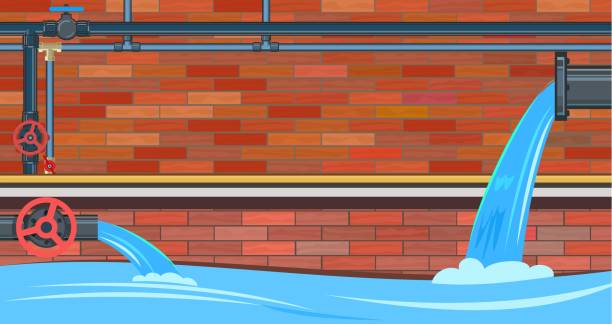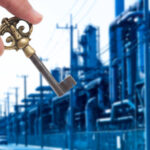When water invades your home or property, the effects can linger long after the initial event if not addressed properly. Water intrusion can cause structural damage, mold growth, and costly repairs, particularly if the root cause isn’t managed promptly. Whether it’s caused by heavy rain, burst pipes, or flooding, knowing how to act quickly and effectively is crucial.
Read on to discover actionable steps you can take to prevent long-term damage after water intrusion.
1. Address the Source of the Water Immediately
One of the first steps to managing water intrusion is identifying and stopping the source to prevent further damage. For instance, if the water is due to a burst pipe, shut off your property’s water supply immediately. If it’s stormwater entering your home, patching visible leaks or weatherproofing doors and windows can temporarily minimize intrusion until professional help arrives.
Without addressing the source, any additional water will worsen the damage and increase repair costs. Professionals in emergency flood repair in Orem, UT can help with situations that require expertise, ensuring the issue is resolved at its root.
2. Remove the Water as Quickly as Possible
The longer standing water sits in your home, the higher the risk of long-term issues like mold growth and foundational damage. Use tools like wet/dry vacuums, pumps, or even buckets to remove as much water as possible. For smaller amounts of water, mops and towels may suffice.
For larger intrusions, renting or hiring professional-grade equipment may be necessary. Professional services also often come with dehumidifiers to extract lingering moisture from walls, carpets, and furniture. Quick water removal minimizes the need for extensive repairs.
3. Dry Affected Areas Thoroughly
Drying out your property goes beyond just removing visible puddles and wet spots. Moisture can hide in walls, under flooring, and behind baseboards, creating the perfect conditions for mold to grow.
Use high-powered fans and dehumidifiers to dry the affected area thoroughly. Opening windows can also improve air circulation, but this is most effective in low-humidity climates. Keep drying equipment running for several days, even if the surface appears dry. Moisture meters can help ensure no hidden damp spots remain.
4. Inspect for Mold and Take Immediate Action
Mold can start developing within as little as 24 to 48 hours after water intrusion. Left unchecked, it can lead to health problems like respiratory issues and allergic reactions, as well as structural damage. Inspect all affected areas thoroughly, especially dark, damp spaces that mold loves to grow in.
If you notice a musty smell or see visible signs of mold, such as discoloration on drywall or flooring, you may need a professional mold remediation team. They can safely remove the mold and ensure the spores don’t spread further.
5. Protect and Restore Materials
Certain building materials, like carpeting, drywall, and wood, can sustain long-term damage if not handled quickly. Assess the condition of affected materials:
- Soft furnishings and textiles should be removed, washed, or discarded if contaminated.
- Carpets and padding saturated with water may need to be replaced.
- Drywall and insulation that absorbed water should often be removed and replaced, especially if mold starts to appear.
- Wooden floors can warp from prolonged exposure to water and should be monitored for signs of swelling or deformity.
If replacing materials is needed, consider moisture-resistant alternatives where possible to prevent future issues.
6. Check Electrical Systems for Safety
Water and electricity don’t mix, making it vital to ensure your home’s electrical systems are safe after water intrusion.
If your property has experienced significant water exposure, turn off your power supply at the main breaker and contact an electrician before turning it back on. Water damage can compromise wires, outlets, and major appliances, creating hazardous conditions.
An electrician can inspect your system and advise whether affected cords or appliances need replacement or repair to prevent accidents.
7. Monitor for Long-Term Foundation and Structural Issues
Finally, water intrusion can lead to hidden structural issues that might not become apparent immediately. Cracks in walls, uneven flooring, or doors that suddenly stick could indicate underlying foundational problems caused by water seeping into the structure.
Scheduling a professional inspection is a wise investment to spot and address these issues early. A structural engineer or water damage expert can evaluate the integrity of your home and provide guidance on repairs or preventative solutions.
With proactive measures and a swift response, you can minimize the long-term damage caused by water intrusion. Don’t hesitate to enlist experts to ensure your property is fully restored and safe for the future.



